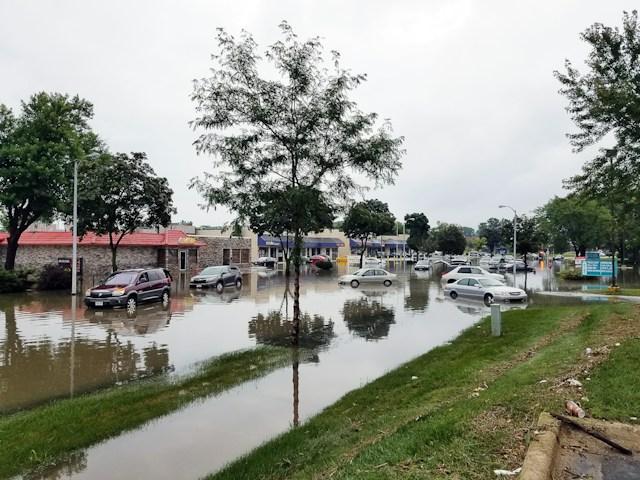Restoring property that has been damaged by water is a process that involves draining flood water and other noxious substances from the premises. This is a remedial action that is usually required in the wake of severe damage to your business. It may be needed following a storm or flood. It can also occur in the aftermath of burst or broken pipes. While you can tackle some parts of the process yourself, for others you’ll need to contact a professional.
Step 1: Mitigation
The first step of the process is known as mitigation (1). This stage involves stopping the flow of water. It will then entail removing the water and drying out your property. You should act quickly to prevent the spread of further damage and mold growth. Feel free to use fans, dehumidifiers, pumps, or vacuums to dry out the area. You should then turn off the electricity and gas supply. This will help you to avoid fire hazards.
Step 2: Remediation
Next, you will need to clean, disinfect, deodorize, and sanitize the area. You will need to remove all items that can’t be salvaged. This is a job for an expert commercial water damage restoration team that wears protective gear. This can include gloves, masks, and goggles. This will help the team that performs the job to avoid exposure to contaminants.
You will also need to sort out all of the damaged materials. This can be done according to the type of water that caused the damage. Three types of water exist: clean, gray, and black. Clean water does not pose a health risk. Gray water is from fixtures or appliances. It can pose some risks. Black water is from sewage and flooding. This water is extremely toxic.
This will be the time to discard all porous materials. These can include carpets, fabric, insulation, and wood that has been soaked. Your service team will also help to disinfect any non-porous materials that may be affected. These can include metal, glass, or plastic. This will especially be the case if they have been in contact with gray or black water.
Step 3: Restoration
The third step is known as restoration. This will involve repairing or, in some cases, replacing all damaged materials. You will then need to restore all of your salvageable property to its original condition. This is the kind of task that may require you to hire a professional water damage restoration service. Depending on the extent of the damage, you may simply not be able to handle it all on your own.
The actual extent of the renovation job itself will depend on the complexity of the damage. You may need to consider replacing flooring, drywall, and even ceiling materials. You may also need to consider renovating your roofing and plumbing. Finally, your electrical and HVAC systems may need work. In the end, you may also be required to repaint, refinish, or redecorate your commercial property.
You’ll Need to Document the Damage
Your best bet to get an affordable restoration project underway is to document the damage. Take as many photos and videos of the area as you can. Try to get upfront shots of all of the affected areas. The more detailed you can make your presentation, the better. This will strengthen your case when you present a claim to your insurance company. You want to be sure that your evidence is ironclad. Your insurance company will provide you with the money you need to pay for the restoration. This means that you need to give them as few excuses as possible to avoid their duty. The more evidence you present, the more damages you can claim.
In conclusion, the task of rehabilitating water-damaged property is a complex and detailed process. It begins with immediate action to mitigate damage, followed by thorough cleaning and strategic restoration by skilled professionals. Each phase, from dealing with different water types to restoring structural elements, requires careful attention. Accurate documentation is a critical component for successful insurance claims, aiding in the financial aspects of recovery. The overarching aim is to revive the property to its pre-damaged condition, focusing on safety and functionality.



